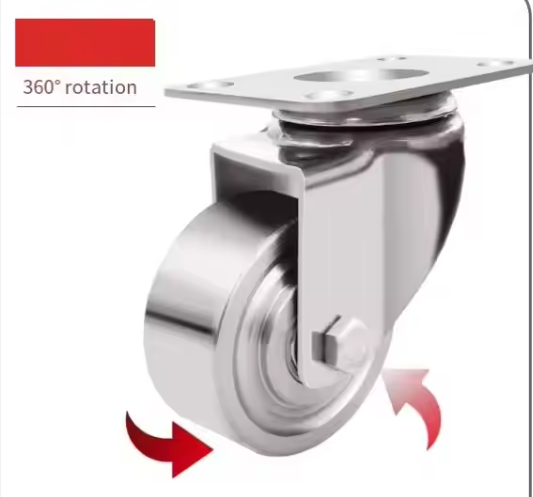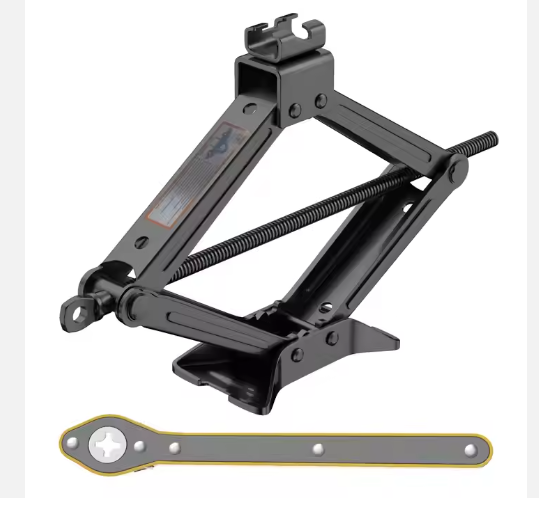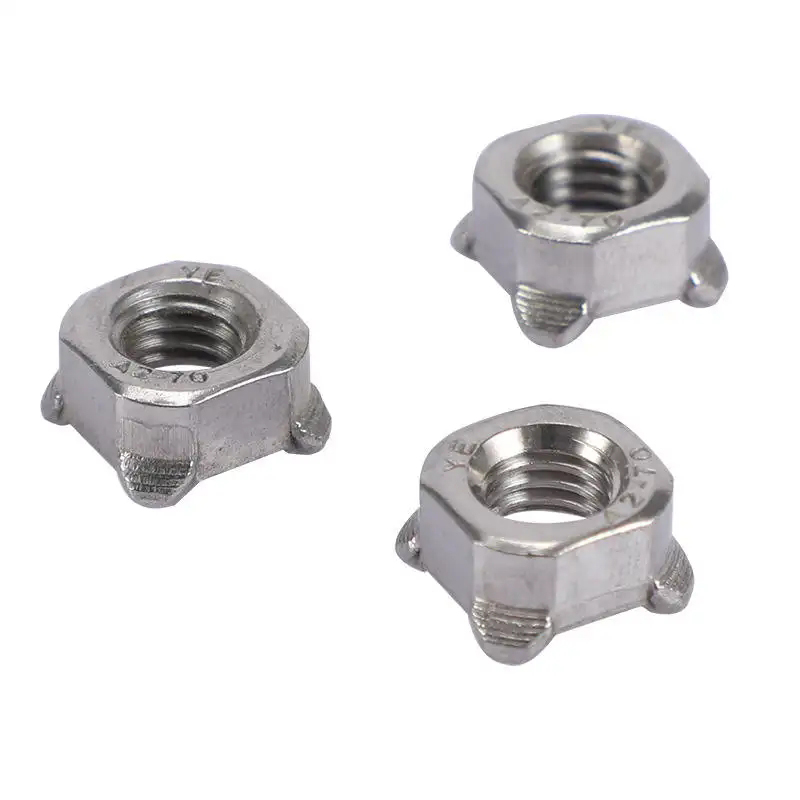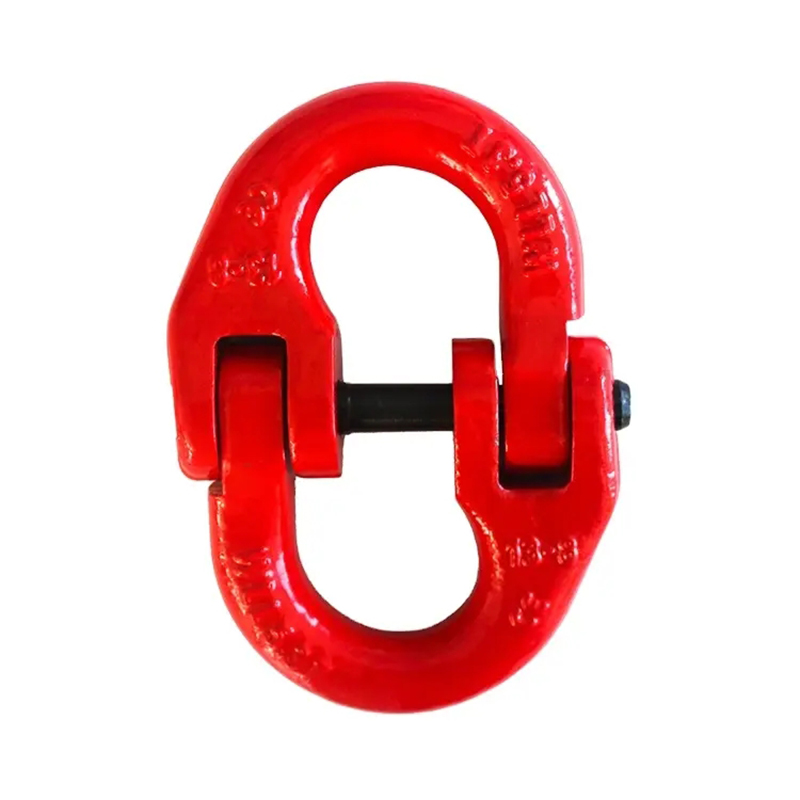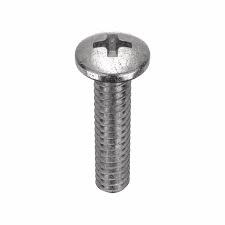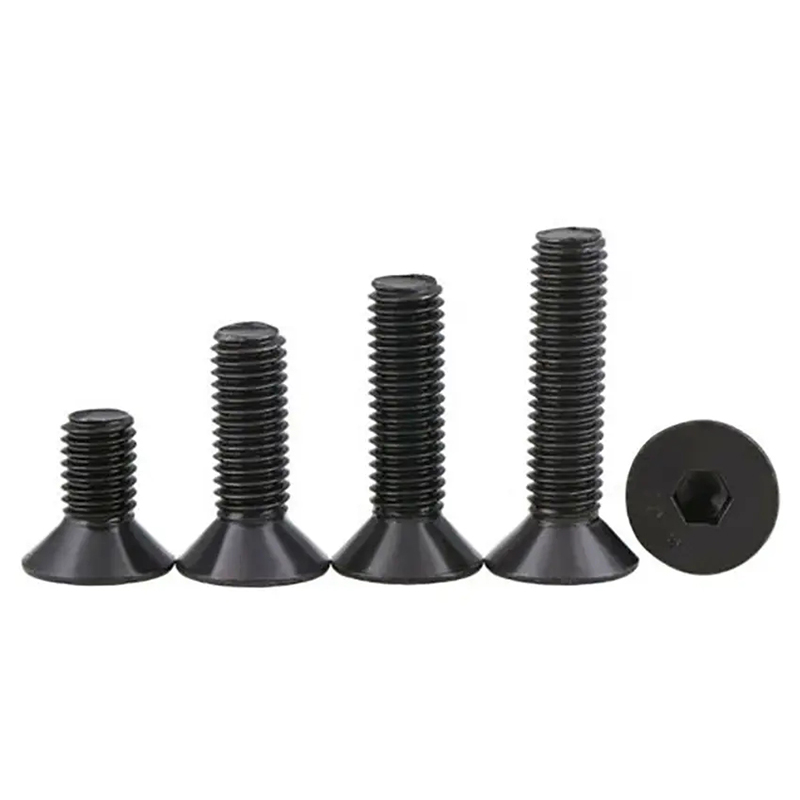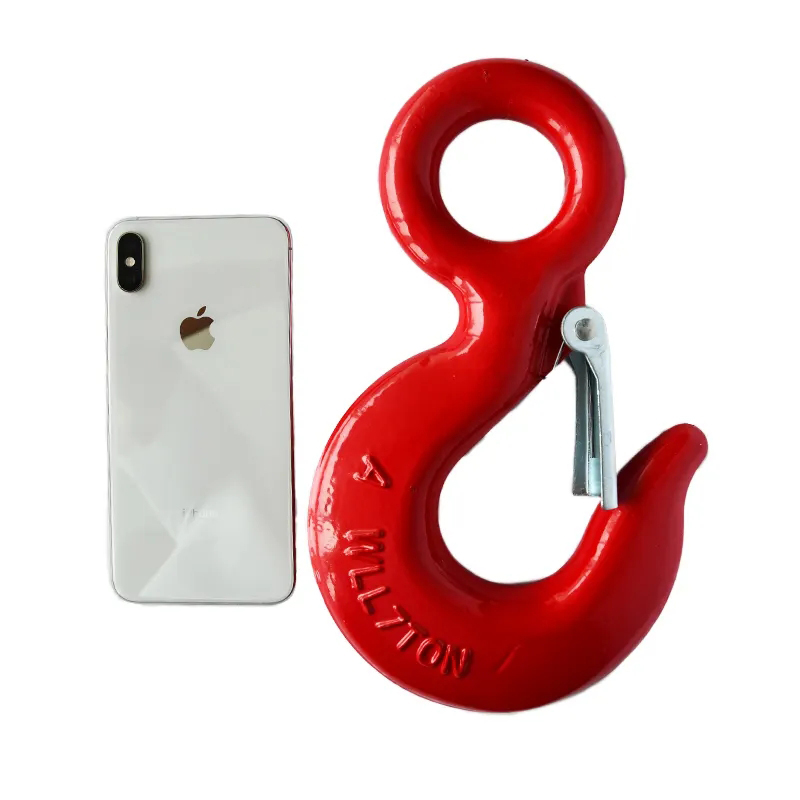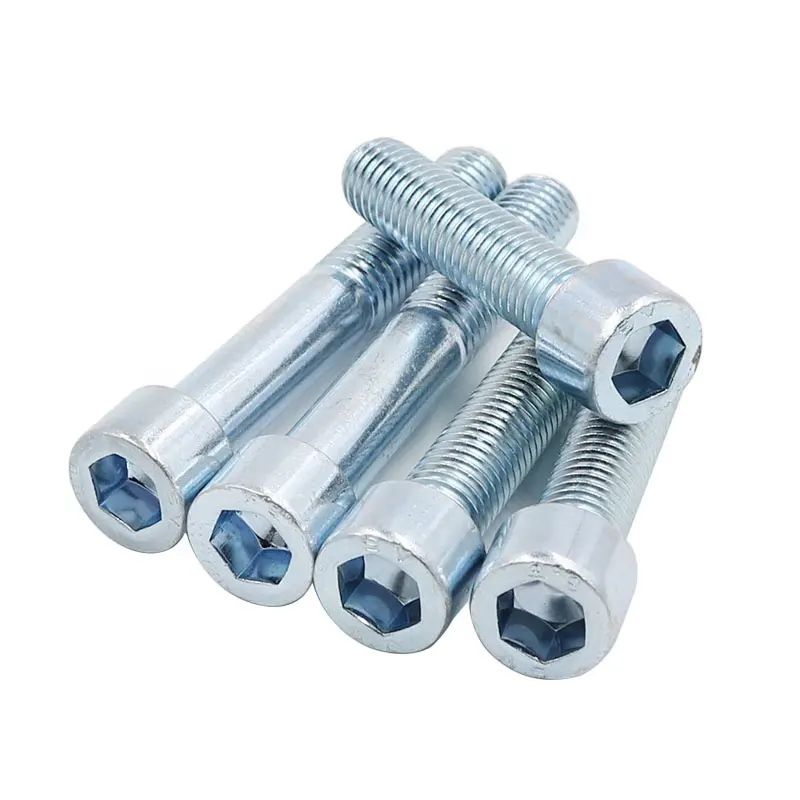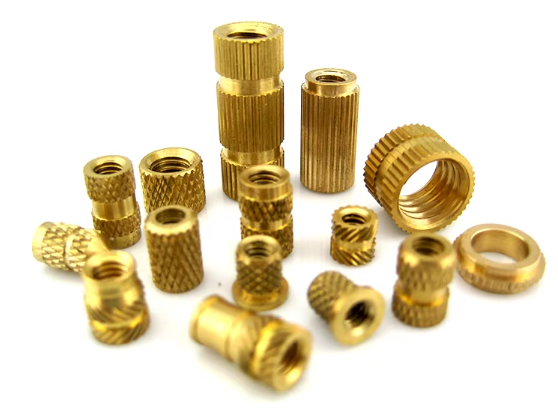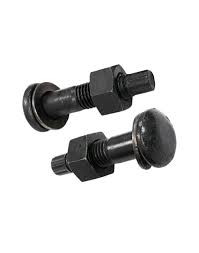

M10 Eye Bolt: A Comprehensive GuideThis guide provides a detailed overview of M10 eye bolts, covering their specifications, applications, safety considerations, and selection criteria. Learn about different types of M10 eye bolts, where to source them, and best practices for their use.
Choosing the right M10 eye bolt for your project is crucial for safety and efficiency. This guide will walk you through everything you need to know, from understanding the specifications to ensuring safe installation and usage. We’ll explore different types, applications, and provide tips for making informed decisions. Whether you're a seasoned professional or a DIY enthusiast, this resource will help you confidently select and utilize M10 eye bolts.
An M10 eye bolt is a type of threaded fastener with a loop or eye at one end. The M10 refers to the metric thread size, indicating a nominal diameter of 10 millimeters. Key specifications to consider include:
M10 eye bolts are typically made from materials like carbon steel, stainless steel, or zinc-plated steel. The choice of material depends on the application and the environmental conditions. Stainless steel offers superior corrosion resistance, making it ideal for outdoor or marine applications. Carbon steel is a more cost-effective option for less demanding environments. Always check the manufacturer's specifications for the exact material composition and its properties.
The strength grade of an M10 eye bolt indicates its tensile strength. Higher strength grades mean the bolt can withstand greater loads before failure. This is a critical factor to consider when determining the suitability of the bolt for your specific application. Refer to industry standards (like ISO 898) for detailed strength grade information.
The length of the M10 eye bolt, measured from the bottom of the eye to the end of the threaded portion, influences its overall reach and application flexibility. The thread type (e.g., metric coarse, metric fine) will also be specified and is critical for selecting the correct nut and washer. Always ensure you have the correct thread type to avoid stripping or damage.
M10 eye bolts find widespread use in various industries and applications, including:
Selecting the appropriate M10 eye bolt requires careful consideration of several factors:
Always prioritize safety when working with M10 eye bolts:
High-quality M10 eye bolts can be sourced from reputable fastener suppliers. For a wide selection and reliable service, consider exploring options like Hebei Dewell Metal Products Co., LTD. Always verify the supplier's credentials and ensure they meet industry standards.
The choice between different eye bolt sizes, like M10 eye bolt, M8, or M12, depends entirely on the load-bearing requirements of your specific project. Larger diameter bolts offer greater strength and are suited for heavier loads. Using a bolt that is too small can result in catastrophic failure.
| Size | Approximate Load Capacity (kN) | Typical Applications |
|---|---|---|
| M8 | (Variable, depends on material and grade) | Lighter-duty applications |
| M10 | (Variable, depends on material and grade) | Medium-duty applications |
| M12 | (Variable, depends on material and grade) | Heavy-duty applications |
Note: The load capacity values are approximate and will vary depending on the specific M10 eye bolt's material, grade, and manufacturer. Always consult the manufacturer's specifications for accurate load ratings.
This information is for general guidance only. Always consult relevant safety regulations and engineering standards before using M10 eye bolts in any application.


